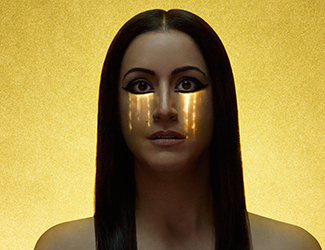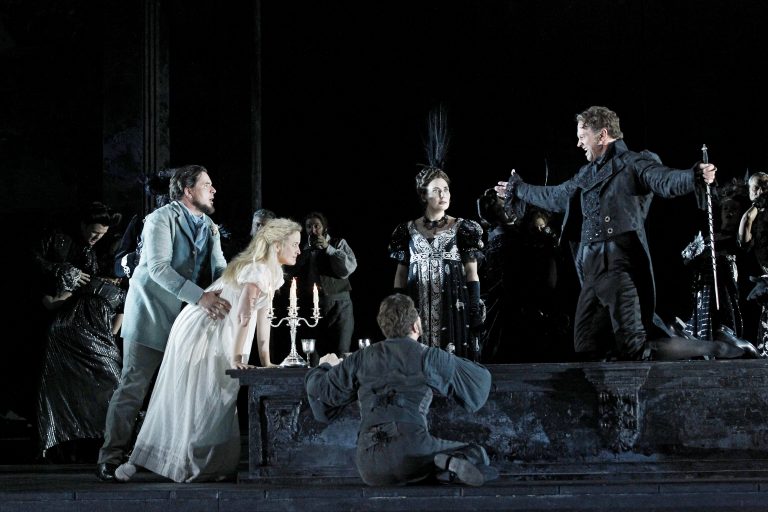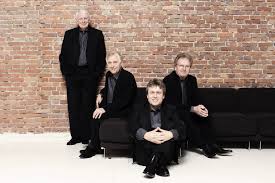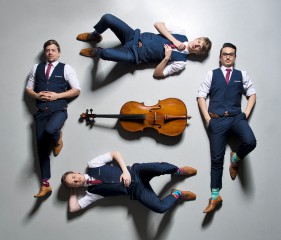Opera Review: Aida/ Opera Australia
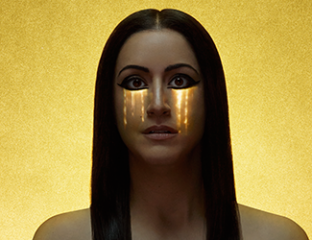
Aida, Opera Australia
18 July, 2018
Joan Sutherland Theatre, Sydney Opera House,
Written by Deen Hamaker
Since opera emerged in late 16th century Italy, the art form has frequently been at the forefront of the use of new technology in the theatre. Many theatrical conventions common today, such as sophisticated lighting and complex set changes, were first adopted by opera theatres to augment the magnificence of operas with ever more extravagance. In this tradition, Opera Australia has been increasingly embracing new technology in its productions over the past few seasons. So, when a new production of Giuseppe Verdi’s masterpiece, Aida, using state-of-the-art digital technology to create the sets was announced by OA, there was great anticipation as to what the future of opera might look like. Of course, digital projections have been a part of worldwide opera productions for several decades and have become an integral part of producing opera in the 21st century. But this production promised to herald a new way forward for opera. While there is certainly promise in this technology and how it can be applied in the theatre, the results in this production are varied.
Verdi’s opera Aida, based on a story by Auguste Mariette, the eminent French archaeologist, was commissioned by the Khedive of Egypt for the opening of the Cairo Opera House. Unfortunately, the opera was delayed because the sets and costumes, also designed by Auguste Mariette, were produced by the workshops of the Paris Opera. After completion, they got caught in Paris during the Franco-Prusssian War, delaying the opera’s premiere until 1871. With its story of a forbidden love triangle set in exotic Ancient Egypt, Aida was quickly taken up by opera houses around the world and today, it is one of the most popular works in the repertoire.
The set design by Giò Forma uses minimal furniture, countered by 10 massive LED screens mounted on theatrical flats that slide across the stage and rotate to form different configurations. The effects produced are spectacular. From deep red storm clouds to torch-lit temple halls, we are plunged into an alternative sci-fi influenced vision of Ancient Egypt. The aesthetic references many tropes drawn from the popular culture of Ancient Egypt, from Stargate to the 1917 lost silent film Cleopatra, that starred Theda Bara. Together with extravagant costumes this is certainly a whiz-bang show, but here, technology is king, sometimes sacrificing the intimacy and sentiment that are just as much an integral part of a production of Aida as is the spectacle.
Opera Australia does deserve to be lauded for its commitment to new technology, particularly if it facilitates the production of rare works at a lesser cost. As with the use of any new technology, there will be teething problems at the start, such as an occasional blue light seen on opening night when one of the LED screens seemed to have a fault. But the problems with this production are less the fault of the technology itself than with the application of that technology.
The projections, skilfully created by D-Wok are, in some instances, spectacularly beautiful, such as the moon-lit waters of the Nile for Act III and the dark flame-lit temple of Act I Scene ii. They could not be realised without this new technology. Yet, some of the imagery is lacking in subtlety and distracting, such as the giant panther which represents Amneris. Worse still is the overtly sexualised imagery of female goddesses, that brings to mind video games designed to appeal to teenage boys. Scantily clad female deities sensually embrace, facing forward, inviting the audience to ogle them while male deities, wearing not much more, are portrayed in profile and in positions of power and strength. This rather senseless casual sexism is not appropriate in modern productions touted as heralding the future.
The costuming by Gianluca Falaschi is bright and garish but largely successful with strong sci-fi influences, particularly from the movie Stargate and the subsequent television series. The lighting design by John Rayment is indeed beautiful and even in the darkest scenes the singer’s expressions are clearly visible. Davide Livermore makes his Australian directorial debut with this production, having made his name across Europe directing innovative, avant-garde productions in some of the biggest opera houses. While his direction does tell the story clearly, it doesn’t match the level of innovation of the digital technology at work. The choreography, also by David Livermore, is rather standard, based on orientalist tropes. It might just be me, but I do wish the current vogue for having dancers grunt and slap themselves loudly during ballets would pass. It is annoying and distracting.
While the production is hit and miss, the singing is largely stellar. Amber Wagner has made her name in a variety of Wagnerian roles and brings considerable power to her role debut as Aida. Unlike many Wagnerian sopranos who have taken on Verdi roles, Wagner has all the beauty of voice necessary for the role, particularly the soft floating sections. Her singing of O patria mia was exquisitely rendered gaining loud applause and almost stopping the show in Act III. Riccardo Massi brought a beautifully nuanced performance to Radames, the Egyptian General. While he took a little while to warm up on opening night, he was fantastic throughout with a wonderful tomb scene at the end of the opera. He looks every inch the Egyptian General. Completing the love triangle, Elena Gabouri was a truly wonderful Amneris, the fickle jealous Egyptian princess. With a massive voice, she can exert the force and power needed for the role, but her voice also expresses genuine pathos and beauty when needed. Her singing of the trial scene was spectacular, with all the fury and passion that one could hope for – and more.
Warwick Fyfe brings his spectacular baritone to the role of Amonasro, the Ethiopian warrior king. His portrayal has been much-lauded and once again he is exceptional in the role. Roberto Scandiuzzi is excellent as the High Priest, Ramfis; Jud Arthur, looking rather like a Roman tin man, is wonderful as the King; Jane Ede brought her beautiful voice to the offstage High Priestess. Dean Bassett is a wonderful Messenger.
The Opera Australia Chorus was as always, excellent with a crisp, clear sound throughout the big choral scenes. They continue to be one of the best opera choruses in the world. Unfortunately, they were given very little to do in this production except to stand in formation and sing. Andrea Battistoni conducted the Opera Australia Orchestra keeping wonderful tempi and rendering a beautifully balanced performance through the gambit of the big choral and the intimate private scenes.
This production should sell well as it is popularist and easily digestible. While it has its drawbacks, these can’t be attributed to the stunning new technology in which Opera Australia has invested. Opera Australia has said that it will unveil three, new, all-digital productions for Sydney next year and the first all-digital production will reach Melbourne in 2020. If this Aida is anything to go by, I am intrigued to see what the future holds.
Deen Hamaker for SoundsLikeSydney©
Deen Hamaker is a passionate opera aficionado and commentator. Introduced to theatre, opera and classical music at a very young age, he has acted in and directed several theatre productions, both in Australia and overseas. Deen lived in Japan for several years and studied the performing arts of Asia. Deen’s particular passion is opera, particularly the Russian, French and Modern repertoire. Deen was a contributing author for “Great, Grand and Famous Opera Houses”, 2012. Fluent in Japanese, Deen holds a Bachelor of Arts in Japanese from Griffith University and currently lives in Sydney.

